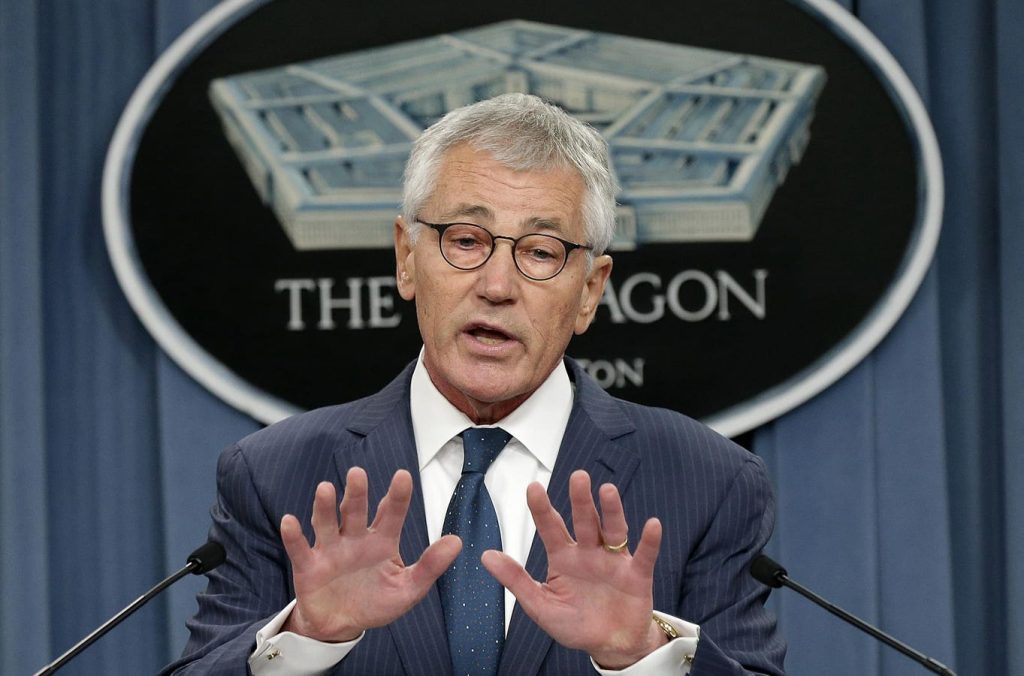The Defense Department is currently facing a significant challenge as it struggles to connect its research and development efforts with its acquisition processes. Despite record levels of spending on research and development, these efforts are not effectively linked to the requirements or acquisition processes at the Pentagon. As a result, there is a significant disconnect between the two worlds of R&D and acquisition within the Department of Defense. This lack of connection means that research efforts do not always transfer to acquisition or production, leaving a high degree of uncertainty as to whether successful research projects will make it into the hands of warfighters.
In recent years, there has been a proliferation of defense innovation initiatives aimed at increasing technology transfer within the Department of Defense. These initiatives include the creation of several new innovation entities, such as the Defense Innovation Unit, the Strategic Capabilities Office, the Defense Digital Service, and the Defense Innovation Board. However, despite these efforts, there is still a lack of architecture in place to ensure that technologies, commercial solutions, or research projects successfully transition to ongoing production or acquisition programs of record.
The disconnect between research programs and acquisition systems within the Department of Defense is a critical issue that must be addressed to maintain American military superiority in the face of renewed great power competition. Currently, the defense acquisition system is primarily driven by a separate requirements process that specifies what the military needs, without a mechanism to incorporate research findings into the process. This has led to a valley of death for non-traditional suppliers, as vendors who successfully perform on R&D contracts often face significant delays before transitioning to ongoing production contracts.
To address these challenges, there is a need for a more strategic approach to connecting research capabilities to the acquisition system within the Department of Defense. This could involve requiring transition plans for successful research projects and mapping research capabilities to military needs and customers willing to allocate budget dollars for acquisition. By explicitly connecting research outcomes to acquisition programs, the Department of Defense can ensure that its record investment in research is effectively translated into new capabilities for warfighters.
Moving forward, it will be crucial for the Department of Defense and Congress to prioritize the connection between research and acquisition to ensure the successful fielding of new capabilities for warfighters. By better integrating research and development efforts with acquisition processes, the Department of Defense can ensure that it maintains its military superiority in an era of increasing great power competition. Failure to address this disconnect risks wasting money and frustrating vendors who are eager to scale capabilities for warfighters.















